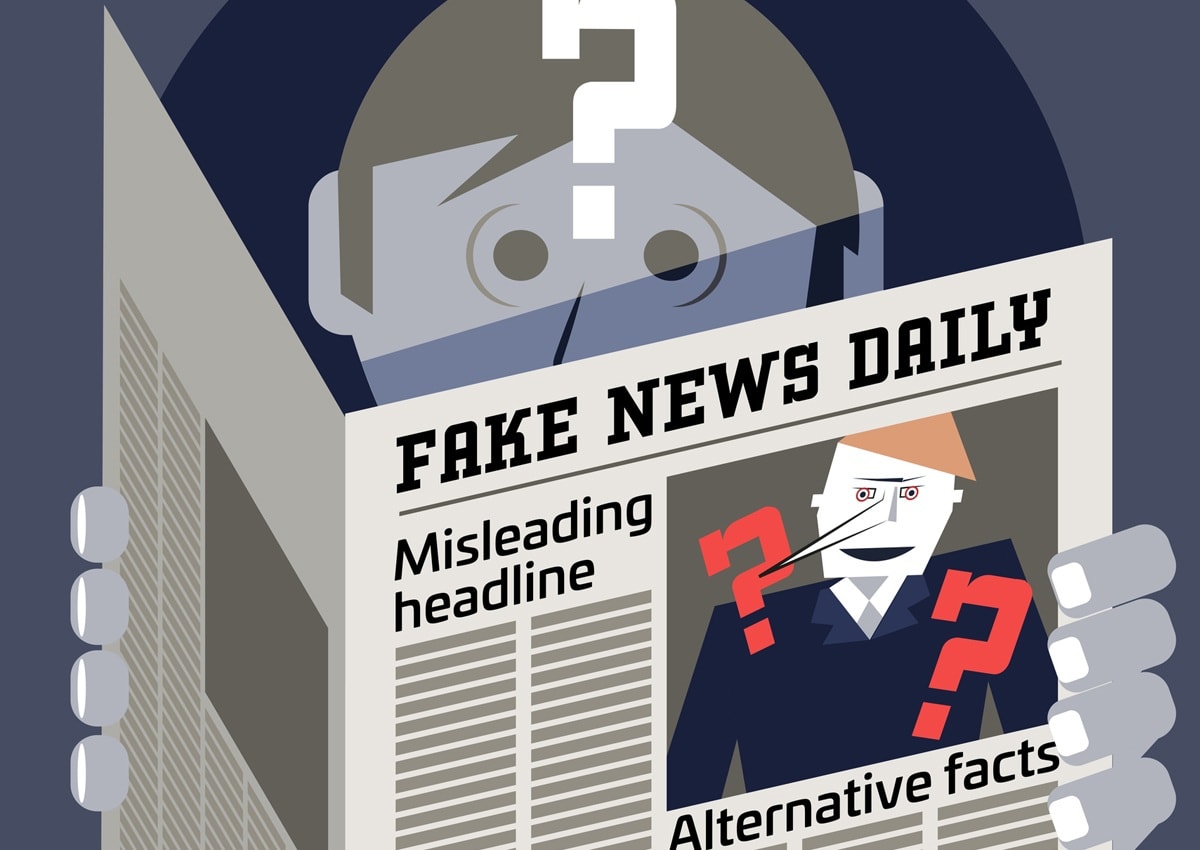Lifestyle
3.24.2020
Coronavirus : A guide to spotting false information

In times of social distancing, the reliance on the internet for answers and connection is stronger than ever, paving a destructive path for misinformation to travel around the world in a matter of seconds. Here are some crucial questions to ask yourself and steps to take in order to discern between what is real information and what is manipulative.
1. Reverse search
Many old images are taken out of context and reverse searching will often trace the content back to its original posting. This will help you understand whether it has been misused for an ulterior message.
To do so, right click on a picture, then on “search Google for image.” Other options are the Invid/We Verify extension, Bing Visual Search, Yandex , TinEye and Baidu.
2. Check the source
If the information in question is an article, look into who has published or shared it. If you have never heard of the source, it’s a warning to take a closer look at the content.
Read the article, not just the headline. Is the website overcrowded with ads or spelling mistakes? Is the information vague? Does it deceivingly seem to be written from a friend or a family member? If you have answered yes to any of these questions, it is most likely misinformation.
On social media, does the handle have random letters and numbers in succession? If they do not write any content of their own or zero engagement with other users it may in fact be a bot.

3. Check the language
Are the used words sensationalist? If reading the post provokes your emotions far more than your logic, the fake news disseminators have succeeded. They count on readers being too shocked, scared or angry to fact-check and share out of fear.
4. Zoom in
Literally and figuratively, zoom into the picture in question for signs of divergence between the text and the image. Check for license plates, road signs, shops, billboards. If the languages or time frame do not match, it’s a point proven.
the misinformation yourself…
If you know it’s fake: do not interact with it (eve an angry emoji or a comment signaling its falsity) because the Facebook algorithm will only further circulate the post thinking it has impact, without discerning why. Report it instead.
If you are still unsure following the aforementioned steps, do not like, comment or share the post in question.

Instead, turn to reliable fact-checking channels such as AFP Fact Check, who works hard to debunk fake news amid the pandemic. Scientific breakthroughs, official prevention advice from NGOs or government announcements also remain as primary references.
As the director-general of the World Health Organisation, Tedros Adhanom Ghebreyesus, warned us back in February: “We’re not just fighting an epidemic; we’re fighting an infodemic. Fake news spreads faster and more easily than this virus, and is just as dangerous.” And if we don’t tackle this, he went on, “we are headed down a dark path that leads nowhere but division and disharmony”.
popular

